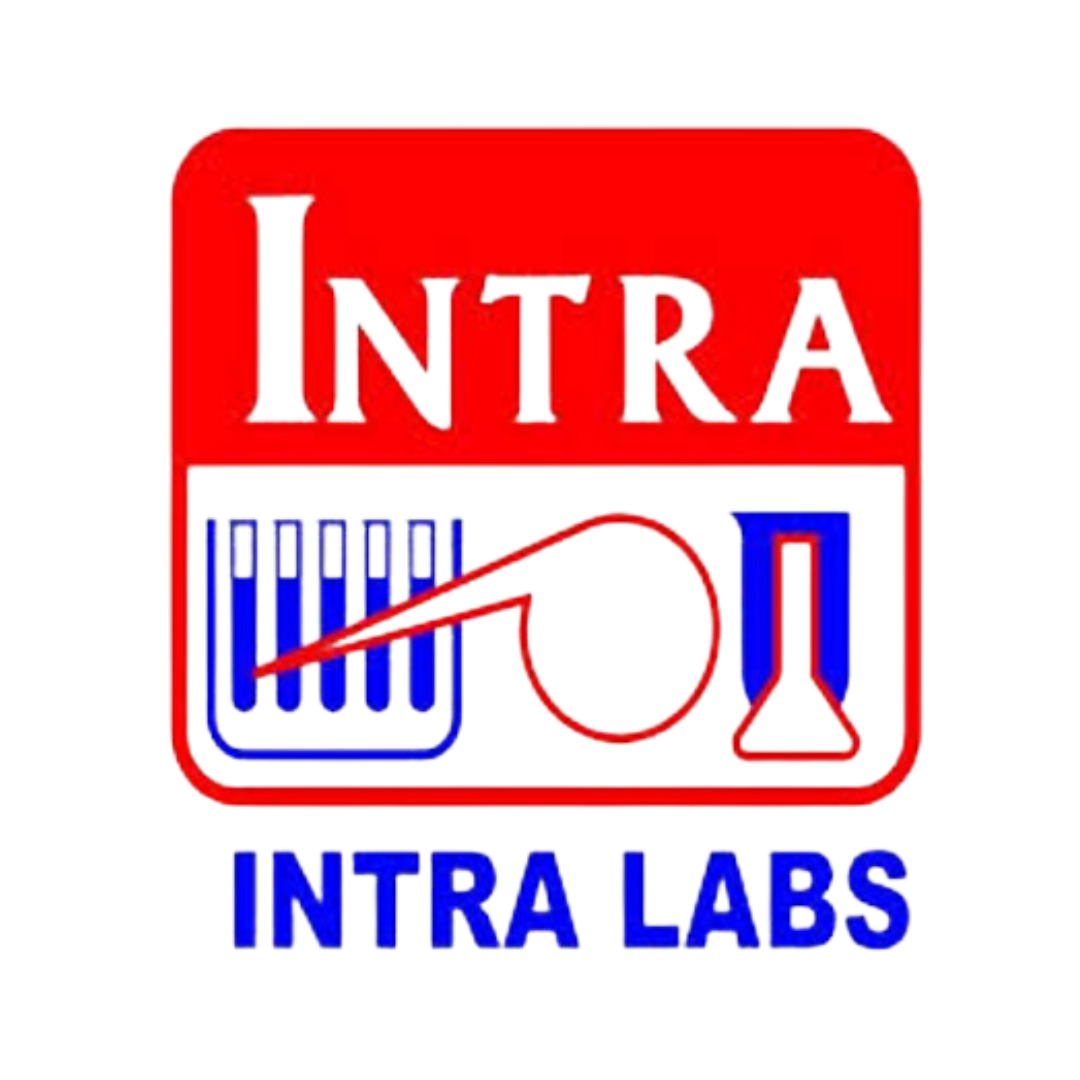Breakthroughs from Leading Pharmaceutical Companies
Schizophrenia is a challenging condition in the pharmaceutical industry. Why? It is a brain condition where the patient cannot connect with reality and remains in hallucination and delusion. In the present scenario, the condition is treatable, but let’s see in detail what schizophrenia is all about.
What is schizophrenia?
How Pharmaceutical Companies Are Leading the Way
In this condition, a person’s brain does not think properly, which impacts the person’s thought process, memory, and behavior. The patient hears a voice. They believe things that aren’t real.
Such patients require lifelong treatment and need care and attention.
Types of Schizophrenia
The research is ongoing, and pharma companies are actively finding better treatments for the particular condition. Currently, based on the different symptoms, schizophrenia is divided into categories such as:
1. Paranoid schizophrenia:
The most common one is in which patients experience delusions and hallucinations. The ability to speak and emotions may remain normal.
2. Simple Schizophrenia:
Poor memory, lack of concentration, slow movement, and poor hygiene are common symptoms. Hallucination or delusion and other prominent symptoms may be absent.
3. Hebephrenic Schizophrenia
This one is observed commonly in the age range of 15 to 25. Also known as “disorganized schizophrenia,” in which the person has unorganized thoughts and behavior. Such patients lack facial expressions, tone of voice, etc.
4. Catatonic Schizophrenia
In this condition, the patient is either very active or very slow. Pharmaceutical companies are dedicating resources to finding proper treatment for this rare condition.
5. Undifferentiated Schizophrenia
This is the condition in which patients show mixed symptoms for the paranoid, hebephrenic, and catatonic conditions.
6. Residual Schizophrenia
Patients with a psychosis history can have residual schizophrenia but show negative symptoms like poor hygiene, poor memory, lack of concentration, etc.
7. Unspecified Schizophrenia
Patients with general condition symptoms are not identical with any of the above types.
What are the common symptoms of schizophrenia?
It is a complex brain disorder that can be caused due to multiple reasons. It can be due to genetic, environmental, or a disturbance in brain chemistry. A pharmaceutical company is still finding out more about the condition to provide better treatment. Some of the symptoms that define schizophrenia are:
- Delusion: Patients believe in actions that are not happening in real life. For example, they constantly complain about someone who will murder them or harass them.
- Hallucination: They hear, see, or experience things that normal people won’t. It can affect any of the senses, but hearing unusual voices is the most common.
- Confused speech and thinking: Patients with schizophrenia are not able to answer properly or give completely unrelated answers. Their thinking patterns are distorted, and they are not able to reply.
- Unusual Behavior: Such people are bad at following instructions. They work in a way that is not acceptable in society.
- Negative Symptoms: These patients are unable to do daily tasks. They are not interested in hygiene, skip baths, and do not concentrate on any task. Eventually, day-to-day tasks become difficult.
Common treatment
The condition is not curable but manageable. Some of the common treatment methods are:
- Use of first- and second-generation antipsychotics
- Next-generation antipsychotics
- Use of Cognitive Behavioral Therapy
- Electroconvulsive therapy: The last option when any other treatment shows no improvement.
The condition is serious and needs attention. The pharmaceutical industry is constantly trying to find a cure; maybe in the future, we will get a better solution.

